
General Guide About Content and Writing
Do you know which spelling variation of the word “gray”...
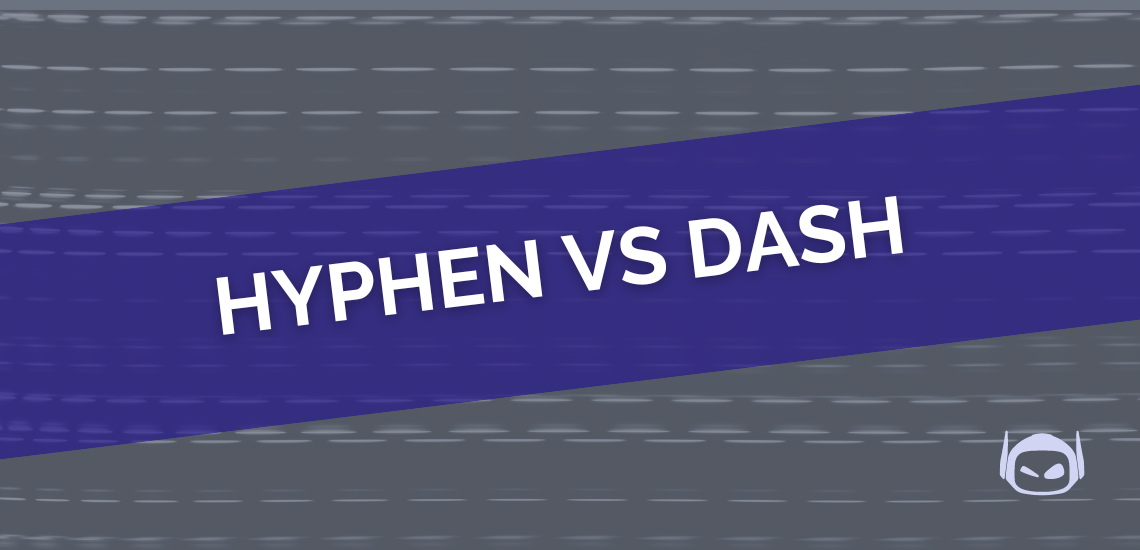
Punctuation can be complicated. With so many dots and dashes...
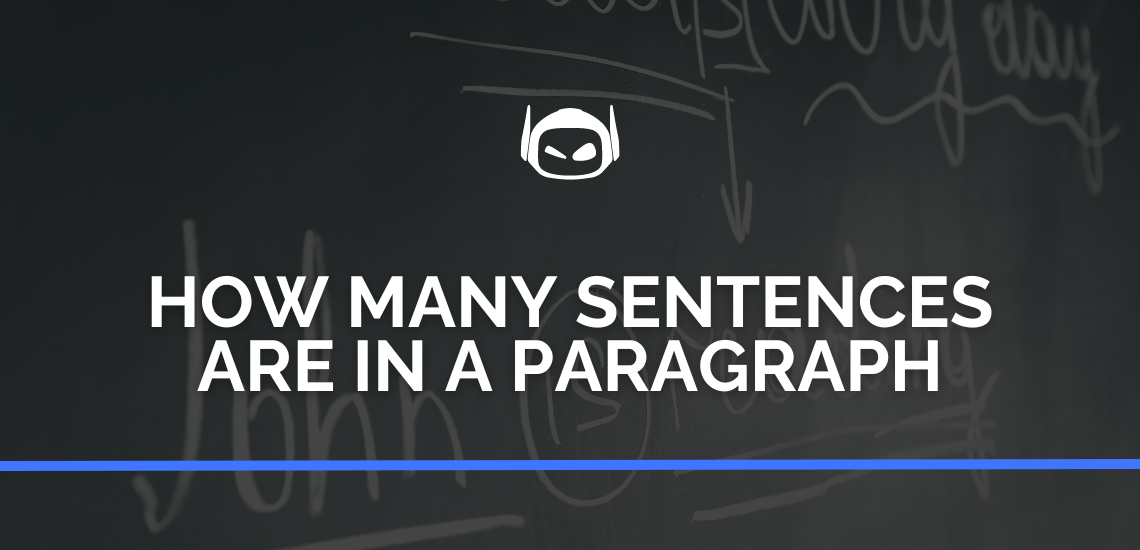
All About Content and Writing, General Guide About Content and Writing
Just how long should a paragraph be? Do you count...
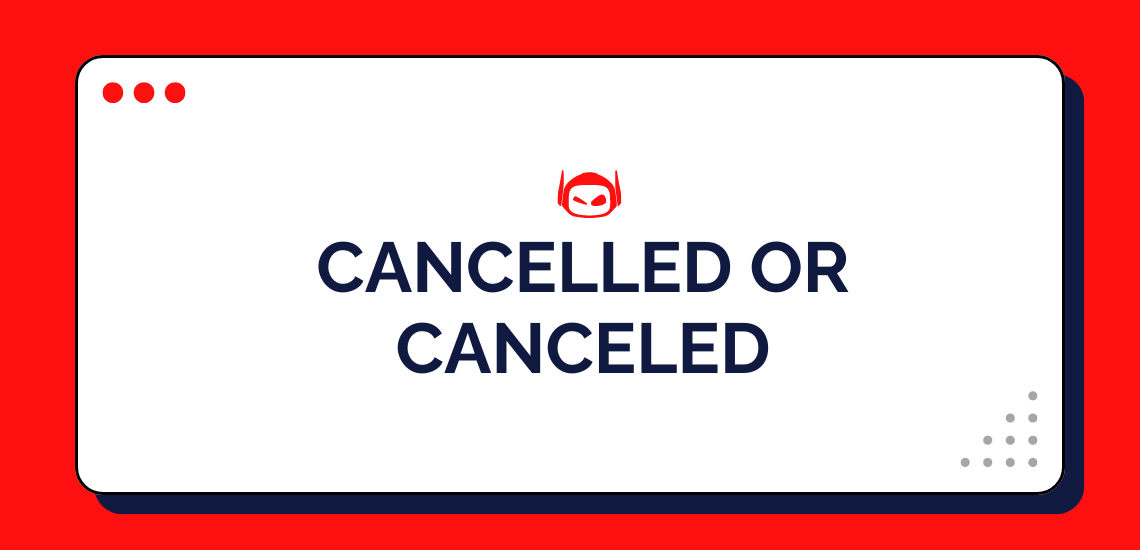
Whether writing a book report or a college project, you...
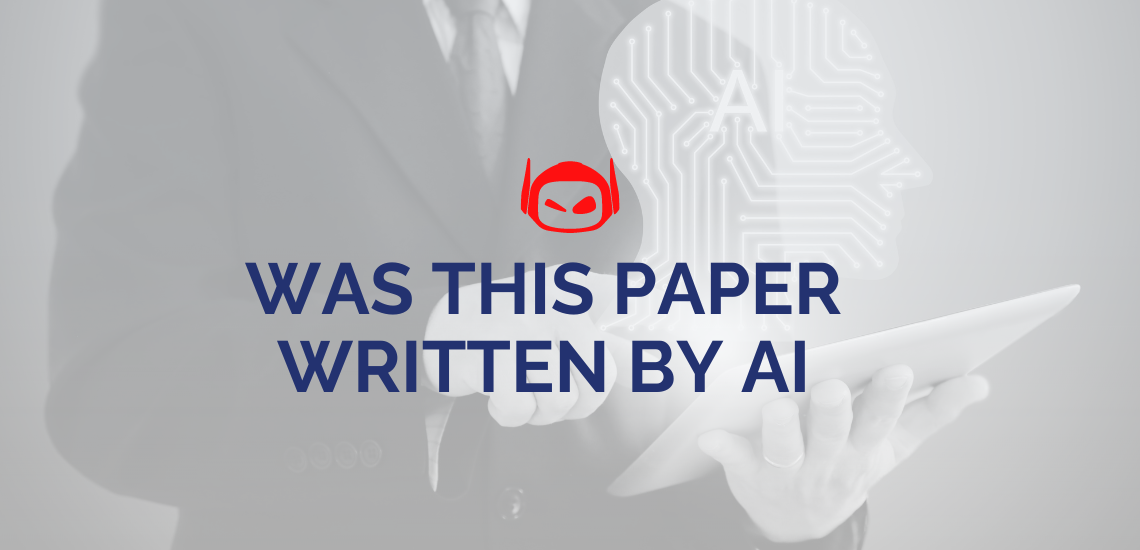
In today’s digital world, using AI tools in essay writing...
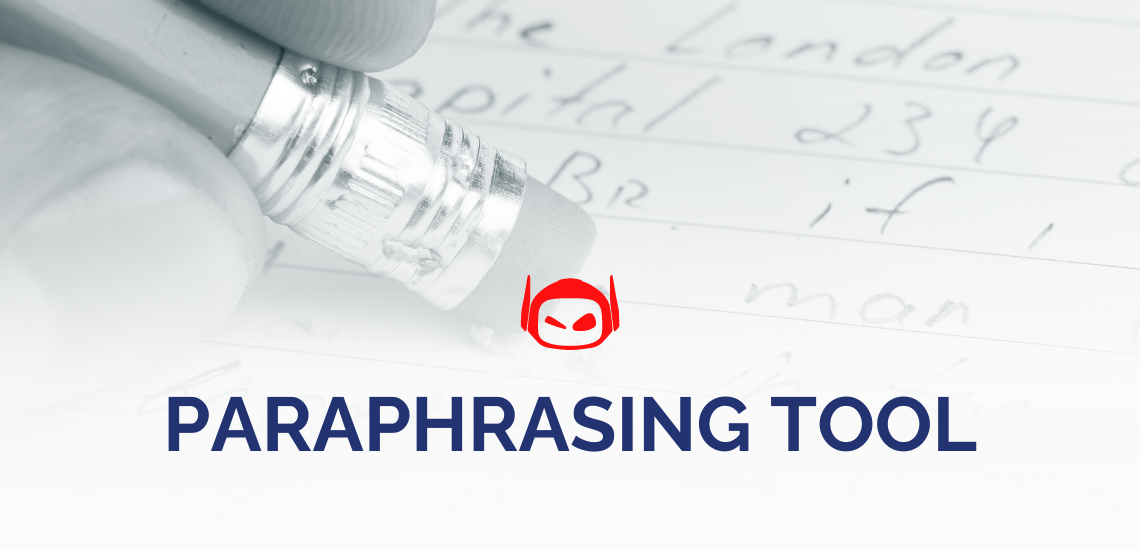
With a plethora of writing tools popping up left, right,...
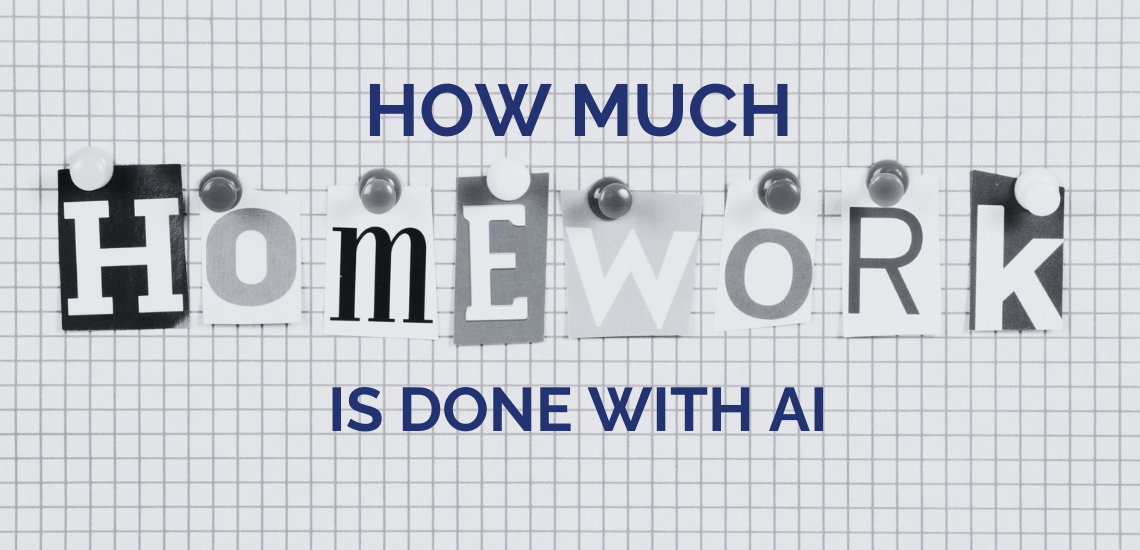
General Guide About Content and Writing
Artificial Intelligence (AI) is revolutionizing many aspects of our lives,...

Writing an essay can be overwhelming, especially when you’re staring...
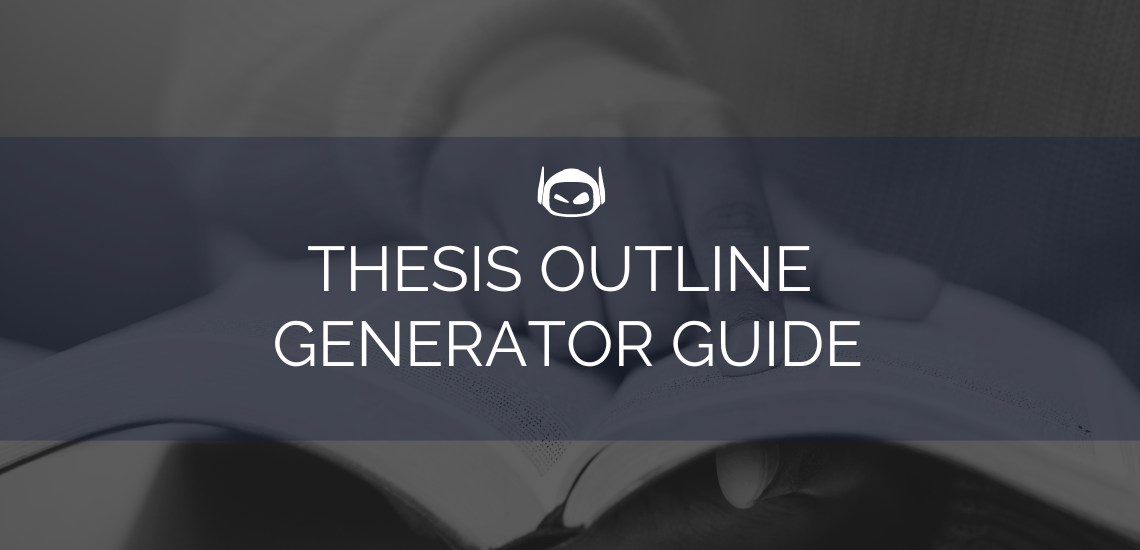
General Guide About Content and Writing
Writing a thesis can often feel like the pinnacle of...